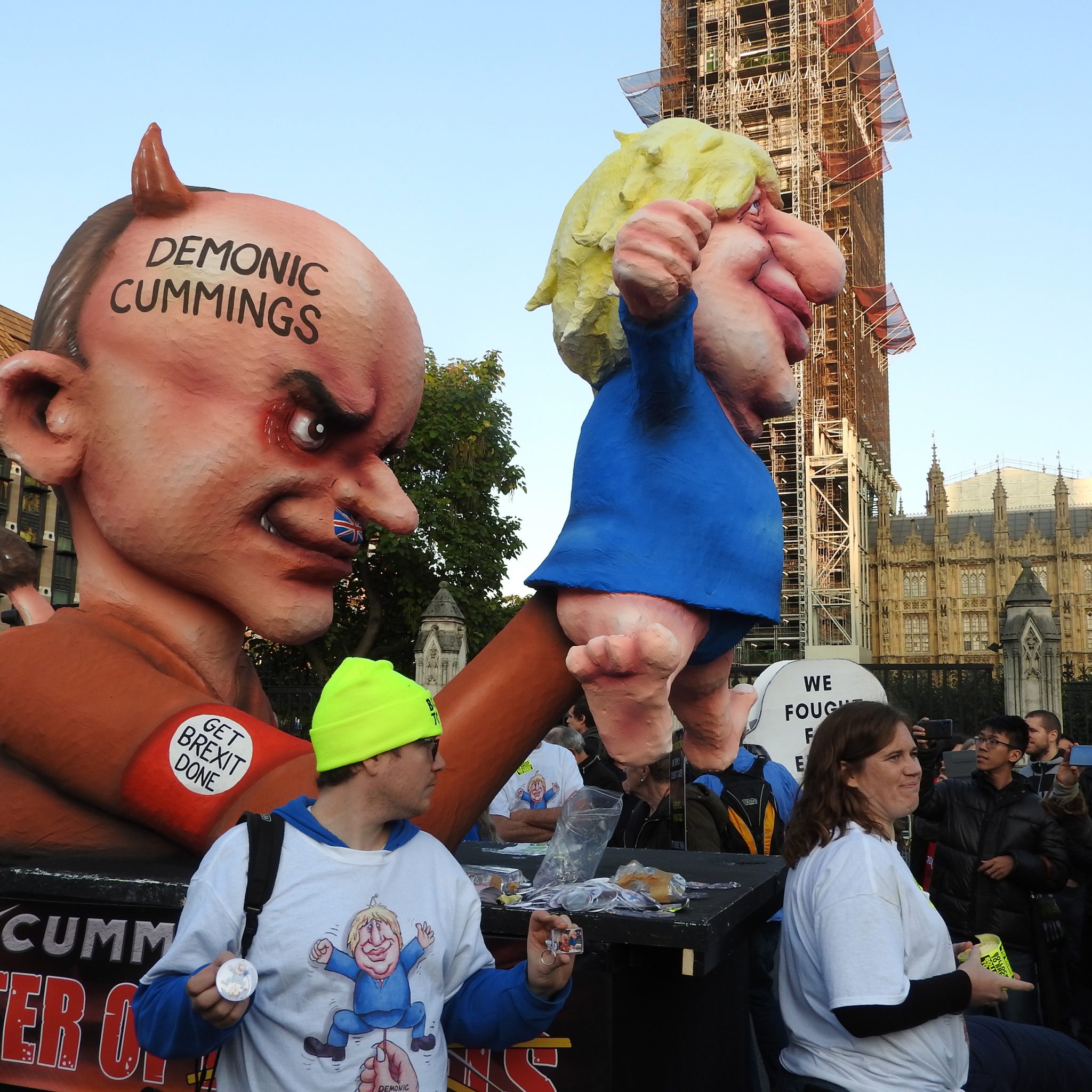An ‘arte povera’, reclaimed for a new revolution today, must redirect attention onto the histories and structures that shape its production
In ‘Notes on a Guerrilla War’, published shortly after the 1967 exhibition that introduced Arte Povera to the world, Germano Celant called for a cultural rebellion. Artists had been reduced to the status of ‘jesters’ turning out ‘commercial merchandise’ to satisfy demand, wrote the show’s curator, and so a new form of art must elevate the individual above ‘cogs in a machine’. The ‘poor artist’ would resist the dehumanising logics of mass production, self-promotion and market branding; he would be committed to ‘contingency, to events, to the non-historical, to the present’; he would employ the guerrilla tactics of unpredictability, surprise and inconsistency; he would break the rules and, in doing so, break the system.
The heroic style, homocentric in both meanings of the word, is typical of the late 1960s. Yet from the midst of our own crises, Celant’s rhetoric reads against its leftist intentions, summoning the terminology of disruption, deregulation and dismantlement now associated with rightwing populism. We are living through the dissolution of systems from social democracy to juridical independence; the ‘will of the people’ has been reclaimed by the libertarian right and ‘freedom’ by corporate multinationals reluctant to contribute to the societies in which they operate. Masculinist fantasies of individual self-reliance have in recent decades soured into something more toxic. When Celant writes that ‘the important thing for [Jannis] Kounellis is to focus on the fact that Kounellis is alive and the rest of the world can go to hell’, my mind drifts, as it too often does, into speculations on how many times Dominic Cummings was humiliated at school to make him so desperate to take his revenge on the world in adulthood.
When the social structures being disassembled are in most cases those that constrain the privileged and protect the weak, and in the context of ecological collapse and species extinction, Celant’s call on artists to test the ‘breaking point’ of ‘the world itself’ rings cheap. Progressive revolution is today framed in terms of collaboration, intersection, cross-connection, preservation and community, and so you wonder whether the ‘poor art’ that Celant championed is set to join its Italian predecessor Futurism in the category of movements that should have been more careful when wishing for the total annihilation of the structures – from state education to social security – that made it possible in the first place.
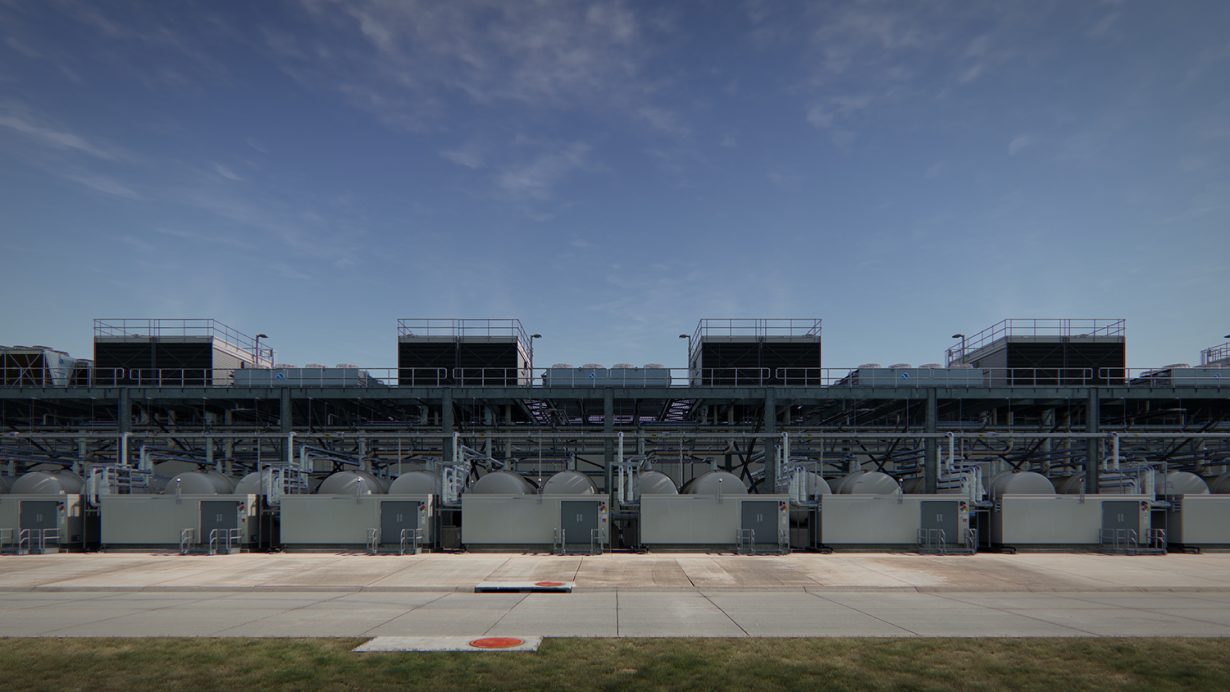
Yet there remains much in his formulation of a ‘poor art’ that is worth redeeming from the attitudes of its era and reconstituting for our own. Like the ‘poor theatre’ of Jerzy Grotowski, from which it took inspiration, Celant’s poor art would divest itself of the fripperies (lavish stage design in the first case, overblown production costs in the second) that made the practice of art seem inaccessible to all but a wealthy elite. Using ephemeral materials and industrial or craft processes with which a large part of the working population were familiar, it would radically reform the means and metrics by which we attribute value to objects and experiences. As we enter another period of social and economic crisis, in which the systems maintaining contemporary art’s value come under unsupportable strain, those principles are worth revisiting. Not to break the system, which needs no helping hand, but to imagine what a new one might look like. How might we reimagine how, to what and to whom we ascribe value? When the money runs out and the museums are impoverished, what might a ‘poor art’ look like?
Ten years ago, Hito Steyerl wrote an essay in defence of the ‘poor image’, a compressed, corrupted and shareable JPEG that, through its free circulation, might create an ‘alternative economy’. It is, by her analogy, a ‘lumpen proletarian in the class society of appearances’: unassimilated, grey market and disruptive. The illegal circulation of these easily reproducible images functions like the samizdat publications through which dissent was spread in authoritarian societies, and so the ‘poor image’ is a means of moving disobedient information through unofficial networks. As Steyerl celebrates the JPEG, so Jace Clayton (better known as DJ/rupture) states in a 2016 essay that his favourite type of music is ‘the 128kps MP3’. Like the lo-res JPEG, this is a file size compressed so that it can be attached to email, making possible the revolution in musical production and distribution that all but brought down the record industry in the first decade of the century. The medium, when the preferred type of music is the format by which it travels, becomes the content.
The processes of assemblage, collage and remixing that JPEGs and MP3s make possible seem at first like a good model for a poor art. The ubiquity of video- and music-editing software makes possible the participation of a much larger group of producers, the materials are cheap and the means of distribution are outside official channels. Indeed, it has become conventional wisdom, following the theories around appropriation first aired during the 1980s, that these processes of piracy and exchange unsettle established categories of economic and cultural value, and that unexpected combinations generate hybrid forms that speak to a multicultural, polyvocal vision of the world. So, is this what a poor art looks like?
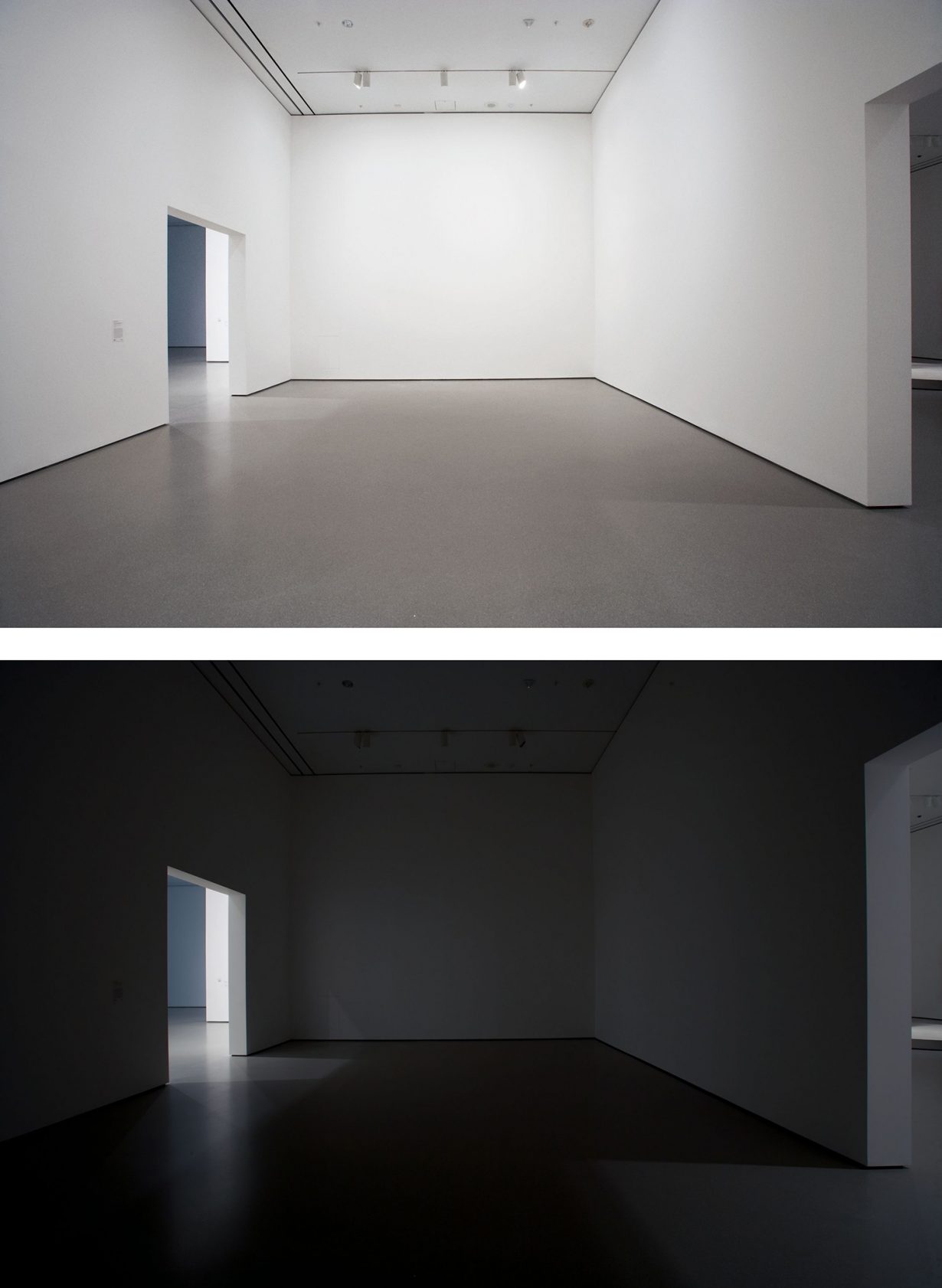
One problem is that my own access to, let’s say, contemporary Arabic polyrhythms is still being mediated by Clayton, a writer, artist and globetrotting DJ who seeks out new sounds in Moroccan flea markets and incorporates them into his own work. Rather than consign to history issues of authorship, intellectual copyright and cultural capital, as once seemed possible, the internet era has exposed the imbalances of a supposedly level playing field. The author might be dead, but his reincarnation as treasure hunter and remixer brings its own issues. The responsibility of artists to acknowledge their sources has, moreover, taken on fresh urgency as the politics of appropriation and ownership shapes the new culture wars.
Steyerl recognises that an economy in which images, people and
money move across borders is not a utopian field of perfectly free movement but based on ‘violent dislocation, transferrals, and displacement’; poor images are like poor people trafficked, exploited and denied their rights to further enrich an elite. If the ‘poor art’ of Steyerl and Clayton seemed to move beyond the heroic individualism exalted by Celant, it still leaves us in a situation where a named artist receives the traditional garlands of originality, authenticity and genius while standing on the shoulders of unacknowledged others.
The materials incorporated into digital video collages or music remixes are divested of their historical and cultural contexts in order to facilitate their entry into a hybrid form and dematerialised economy. The risk is that this process denies or effaces the lived experience that created that sound or image in the first place, as both Clayton and Steyerl acknowledge: the cultural history of Arabic pop reduced to a snappy cut in a diverse mix. To compress songs into snippets of digital information and move them around the world is to abstract them from their contexts, to forcibly remove them from their homes and put them to someone else’s work. A poor art today, if it is to be faithful to the idea of elevating rather than taking advantage of popular forms, must then actively redirect attention onto the histories and structures that shape its production.
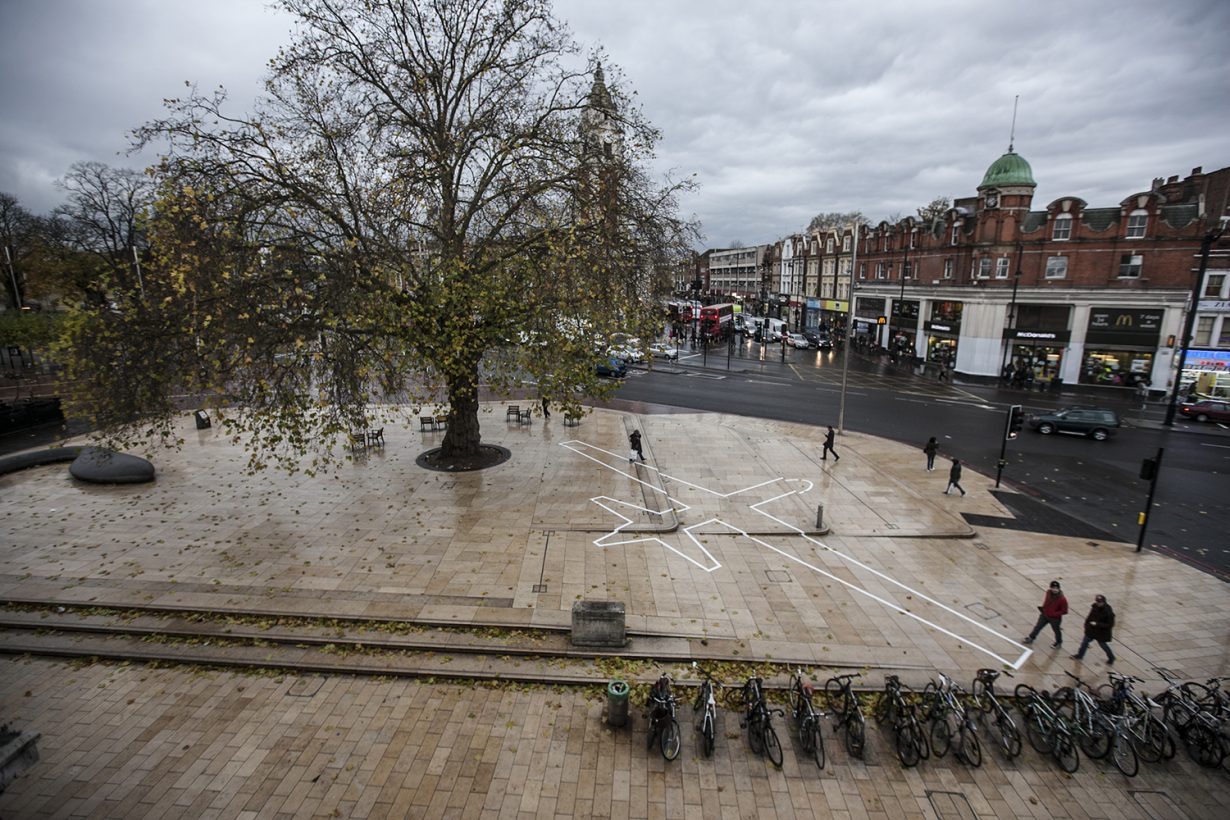
If, as Steyerl writes, the poor image ‘tends towards abstraction’ through its physical degeneration and cultural decontextualisation, then the task of the artist might be to regenerate and recontextualise it. To embody rather than abstract, to enrich rather than exploit. Clayton redresses the balance by writing at length about where he finds his music and the cultures from which it emerges, and in doing so offers a new or complementary idea of what a poor art might look like: it returns attention and value to the producers, to those whose labour is ignored or effaced, it privileges context and backstory.
Let’s take Sondra Perry’s HD video and animation IN THE GAME ‘17 or Mirror Gag for Vitrine and Projection (2017), which grew out of the experience of the artist’s brother. A college basketball player in the United States, his identity was expropriated by a videogame publisher for use as an avatar in a sports game. Perry plays on the fact that a simulacrum of her brother’s body – and it is pertinent that it is a young Black man’s body – is anonymised and alienated from the value it generates. Perry’s art works to reconnect the two, telling the histories of those bodies transformed into images in order to serve the entertainment industry. If this is a poor art, then it consists in alerting the viewer to the means by which value is created and distributed and works against the tendency to abstraction that Steyerl identified.
The research-laden work of artists including James Bridle, Trevor Paglen and John Gerrard documents the ‘heaviness’ of digital culture – its underwater cables, data centres and drones – drawing attention to invisible infrastructures in order to highlight that the human cost of maintaining it is unevenly distributed. Everything has a cost, and the ideal of perfect freedom is a function of privilege rather than a rejection of it. The light touch of Céline Condorelli’s 2014 exhibition at Chisenhale Gallery took a different tack to a similar end. Functional pieces of furniture – benches, stepladders – were repurposed as props for performance and plinths for display. Foregrounding the ‘poor’ elements of our physical environment, the artist created a space for congregation and conversation rather than the solitary deliberation of auratic objects.

The effect of Condorelli’s intervention was to establish an analogy between the disregarded infrastructures of physical support – lights, chairs, bookcases – and the forms of emotional and communal support that they facilitate: friendship, interpersonal exchange, communication. If this resembles a more familiar version of poor art as cheap to produce, ad hoc and contingent, its attention to the structures on which it depends distinguishes it from the ‘break things’ machismo of its predecessor. Condorelli highlights the intangible but absolutely essential structures of care, community and fellow-feeling on which society is founded, and asks us to work to maintain them.
This focus on what is neglected offers an alternative way of reading as well as making art. Martin Creed’s Work No. 227: The lights going on and off (2000) might seem like an odd fit here, typically being figured as a kind of reductio ad absurdum of the principles of conceptualism and minimalism, staging an idea totally stripped of historical and cultural context. Yet this flickering light was first installed as a consciously annoying intervention into a group show, disrupting the viewer’s interaction with all the other works contained within. The effect was to make the viewer uncomfortably aware that their appreciation of art was made possible by the proper function of the room’s wiring, which is itself dependent on the national grid, a disintegrating state infrastructure contributing through its production of carbon dioxide to the destruction of distant landscapes. As such, Creed’s work gives the lie to the model of art as a 24-hour spectacle as recently advanced by collectives such as teamLab and enthusiastically adopted by institutions desperate to generate ticket receipts. You can’t separate art from, let’s say, climate change except by wilfully ignoring the latter, and so maintaining faith in the value of an escapist – euphemistically, ‘transcendent’ – experience of art is in the current circumstances tantamount to an abdication of ethical responsibility. In escaping the world, you’re tacitly colluding in its destruction.
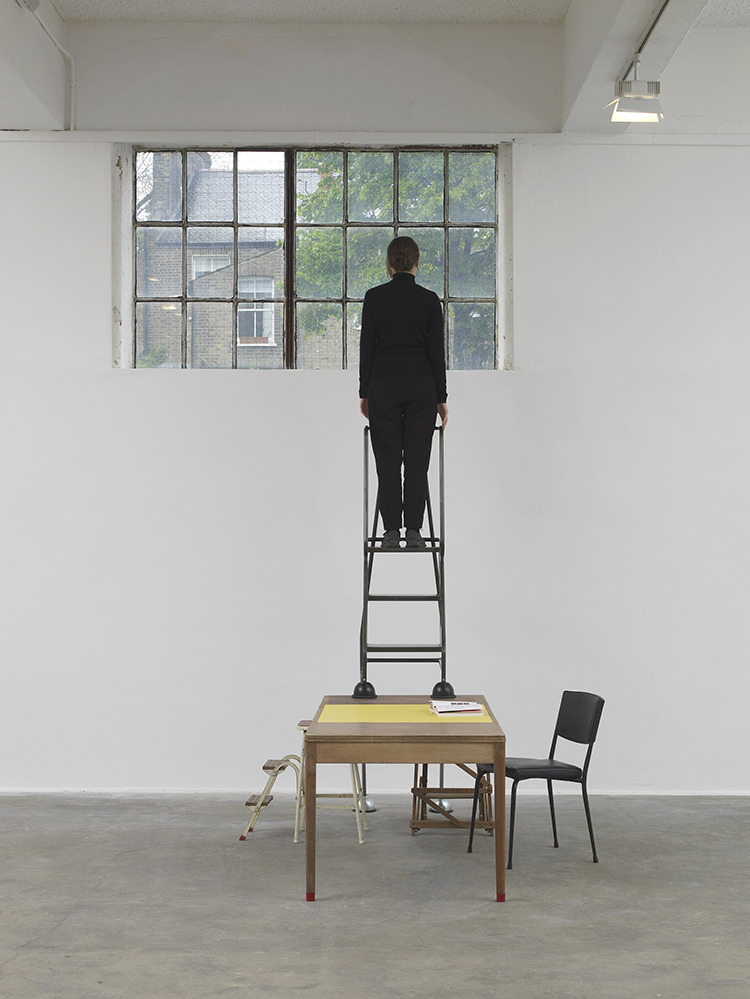
Cameron Rowland’s exhibition 3 & 4 Will. IV c. 73 at London’s ICA actively disavows spectacle in favour, as the title suggests, of a forensic investigation into the injustices underpinning Western society and, by extension, its art. The visitor to the institution is provided with a handout containing a dense essay to assist their reading of the documents and artefacts alluding to the histories of slavery and racism – legal contracts, a mahogany desk, police searchlights – that are ranged around the gallery. These objects are not elevated into the symbolic field of art, but instead bound by the lengthy wall texts to the terrestrial histories that created them. The eighteenth-century brass manillas and Venetian glass beads arranged in a small pile on the floor (Pacotille, 2020) are not to be admired as aesthetic objects but instead treated as physical evidence of the European practice of using one-way currencies (given but never accepted) to ‘purchase’ African slaves. If human trafficking is among the worldly horrors that ‘transcendent’ experiences of art might allow us momentarily to forget, then Rowland’s show refuses the notion of museum as respite or refuge.
It’s important to the success of Rowland’s critique that he implicates himself in the system that generates it, rather than claiming to be independent or ‘free’ from it. Encumbrance (2020) is represented as a legal document confirming the mortgage of architectural elements of the ICA – including its imposing mahogany doors – to a legal entity set up by the artist as ‘reparation’ for the slave labour that made possible their production. The artist effectively takes a very real stake in a building still owned by the British Crown. This is justified on the grounds that it serves a practical function, namely ‘limiting the property’s continued accumulation of value’ to the Crown Estate and ensuring that any future sale will legally entail the payment of reparations, which would constitute a precedent. However materially insignificant, this is more than a symbolic gesture.
If the idea of a poor art is to have any meaning today, then it must, like Rowland’s work, acknowledge its own implication in the structures. The system is society, which must radically be reformed but not transcended or destroyed. A poor art must not deny the system but repeatedly and doggedly draw our attention to it. It is by these means that we learn what must be swept away and what we must fight to protect. The rich kid themselves that their wealth and status was predicated on their genius; the poor know it’s always the system.
